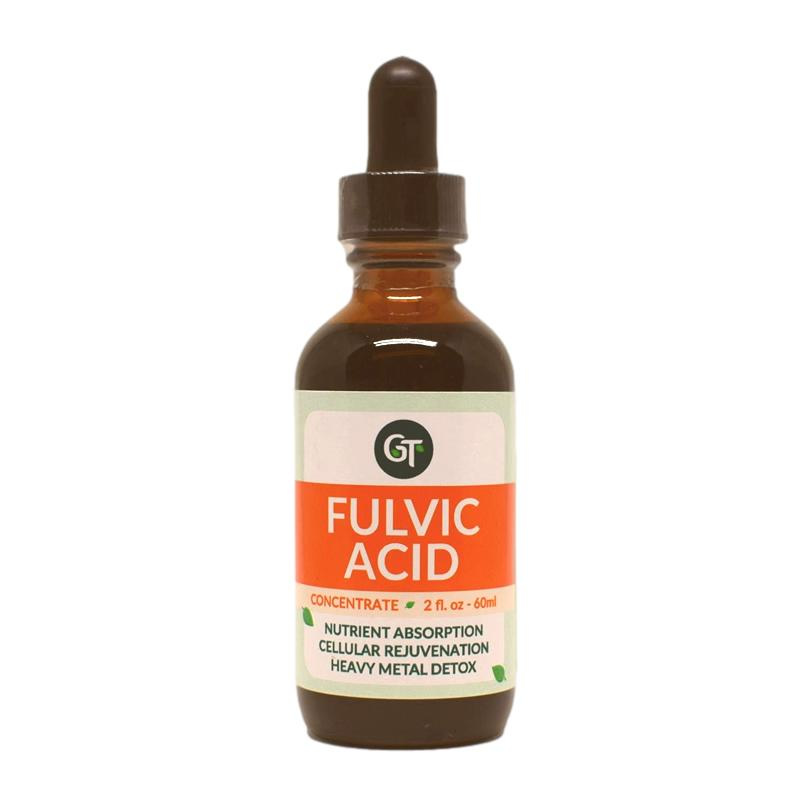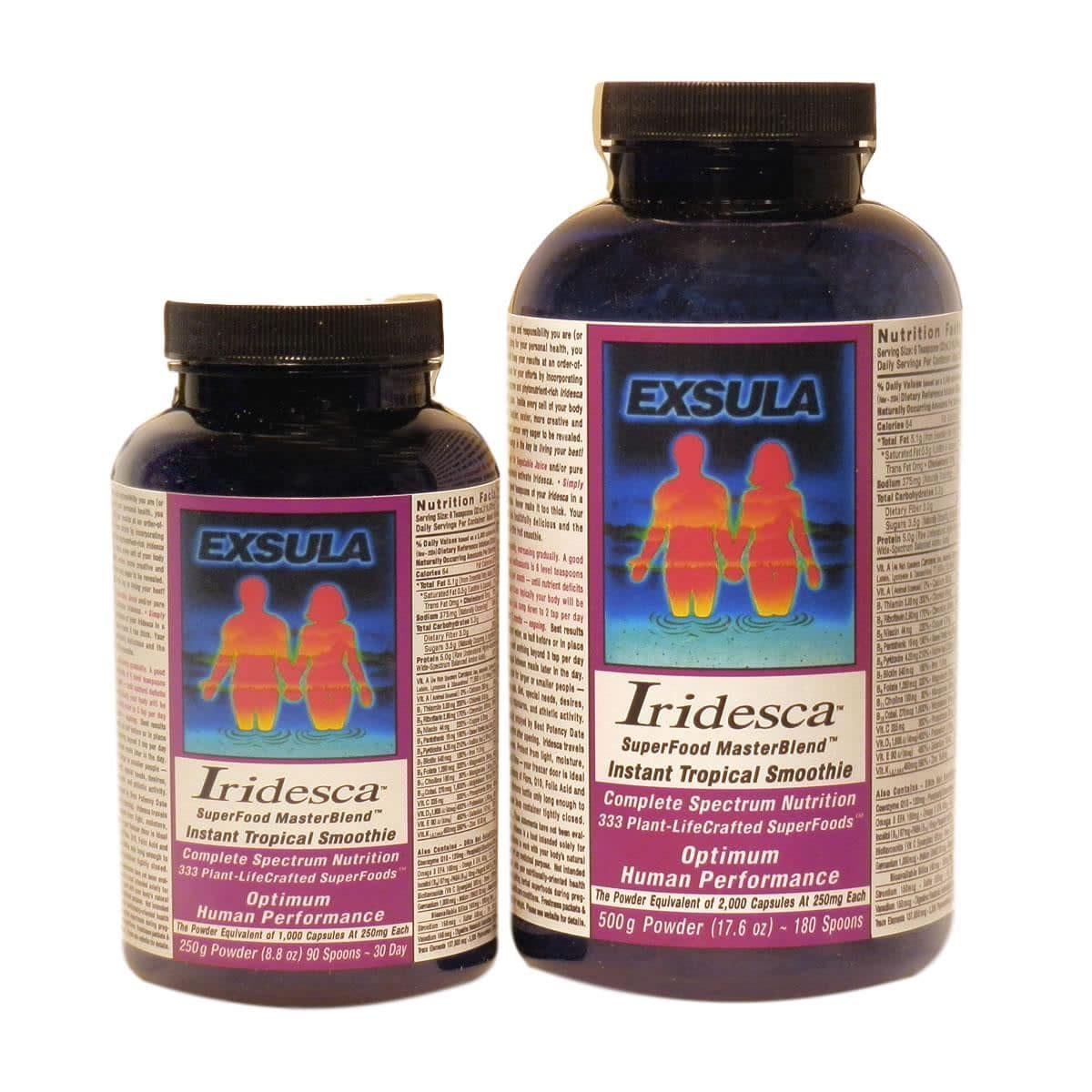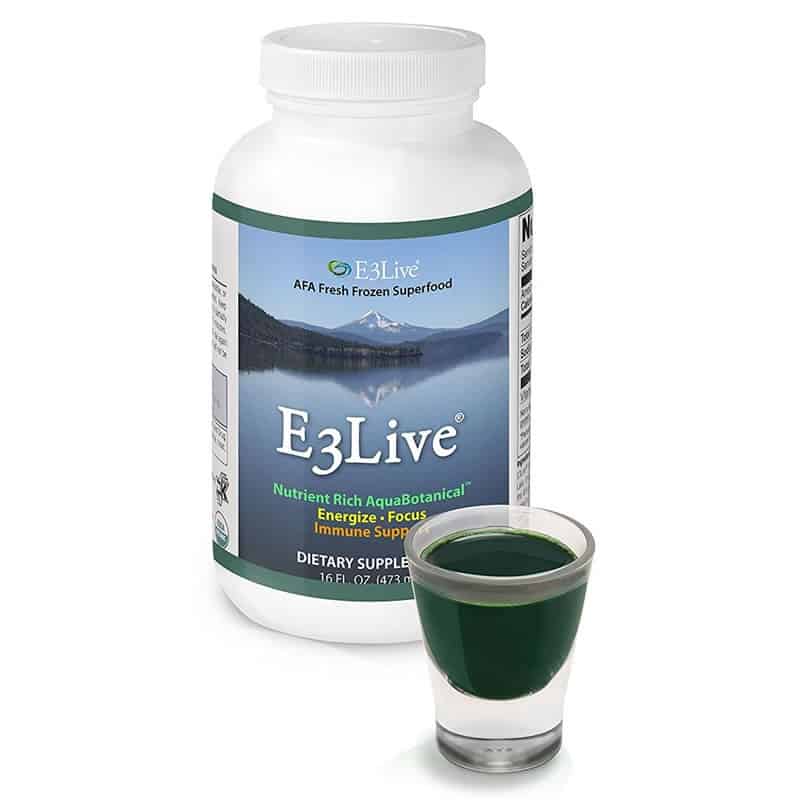No products in the cart.
Depleted Soils and Hollow Foods
Our Soils Have Lost Essential Organic Nutrients Because Of Economic Based Agriculture
Find Out What Our Risks Are.
“Every ailment, every sickness and every disease can be traced back to an organic trace mineral deficiency”
–Linus Pauling
It’s a fact. Our soils are depleted and depleted soils do not produce healthy, nutrient-rich plants. It’s also a fact that crops produced in depleted soils are more prone to the invasion of insects, viruses, fungi, etc. Insects and infectious organisms were designed to get rid of unhealthy vegetation and they do not typically attack truly healthy plants. Much of the modern world is now aware that our industrialized methods of farming have not only depleted the soils, but they have created a cycle which requires pesticides to protect the unhealthy crops grown on depleted soils.
And who suffers? We all do! There are more than 70 trace minerals necessary to produce healthy, nutrient-rich crops, yet the most current farming methods routinely put back only 3 to 5 of them. And that’s only a part of the problem. Inorganic (synthetic/dead), ammonium based fertilizers along with herbicides and pesticides, kill the precious microorganisms in the soil which are unquestionably essential to the creation of organic (meaning carbon-based/living) mineral complexes. Not only have we used up the available trace minerals in our soils (those in the form of organic complexes), but we have destroyed the means of replenishing them (soil-based microorganisms).
And if that were not enough, modern, economic-based ($) agriculture has virtually replaced all the critical organic complexes with inorganic fertilizers which cause toxicity in water runoff and further imbalance the delicate nature of our soils. In the 1930’s, when farmers began to add inorganic fertilizers to the soil, it was presumed that biological organisms could assimilate minerals in any form. Unfortunately this is not the case. We are now discovering that inorganic (synthetic/dead) minerals and trace minerals cannot be easily assimilated by plants. They must first be combined with carbonaceous matter (organically complexed), Uplifting Press before they can be used. No wonder our food is less and less nutritious.
No wonder it lacks taste and no wonder the modern farmer has to apply more and more toxic pesticides, herbicides and chemicals every year in order to get his crops to market. Let’s look at a similar dilemma. The human body is also meant to derive minerals from organic complexes. However, in our case, these complexes were meant to be supplied in the foods we eat. Unfortunately, these critical, organic nutrients are not present when our food is grown in depleted soils. And, just like the farmer who has attempted to alter the soil with inorganic toxic chemicals and fertilizers, we have tried to add inorganic trace minerals to our diet in the form of colloidal supplements – with even worse potential consequences.
It is important to reiterate that most all trace minerals are not recognized, absorbed or utilized by living tissue unless they are carried in organic complexes. Even the best inorganic trace minerals (e.g. coral, colloidal and/or ionic) are extremely large and insoluble with high atomic weights, ranging between 1 and 100 nm. These giant (when compared to organically complexed minerals) molecules may be rejected at the cellular level due to their synthetic composition, size or weight. They eventually accumulate in the body and are stored outside the cells in interstitial fluids, and fatty tissues. Over time, severe toxicity may manifest. On the other hand, organically complexed trace minerals are definitively different from inorganic minerals.
They are naturally chelated (ultra tiny) and they have ultra low molecular weight (Approximately, 50 to 100 times smaller and much lighter in weight). They are physically small enough that they can be easily carried into the cells of our bodies. They are bound by carbon (living matter) and have uncountable health benefits, aiding in intracellular detoxification and the removal of inorganic toxins from the extra cellular spaces in our bodies (interstitial fluids, and fatty tissue). Thus, when trace minerals are combined with carbonaceous matter, they become an enriching meal of living minerals rather than a toxic plate of inert (dead) rocks.
The importance of ORGANIC trace minerals Trace minerals are systemic catalysts. They are activators (intracellular”spark plugs”). They either “kick off” or “speed up” most of the chemistry that goes on in our bodies. Without trace minerals there is NO LIFE! Trace minerals are responsible for carrying most of the nutrition into our cells. Hence it has been said that we need three basic ingredients to sustain life – water, oxygen and, organically complexed (carbon-based/living) trace minerals.
Not even vitamins or enzymes can function without trace minerals, and when they are lacking, numerous processes either slow down or come to a halt until the mineral banks can be replenished. Knowing this, it is easy to see why both plants and humans are becoming increasingly susceptible to disease. It is also easy to understand what Linus Pauling, (twice awarded the Nobel Prize in medicine) meant when he explained to the 74th Congress of the United Sates, “Every ailment, every sickness and every disease can be traced back to an organic trace mineral deficiency.” It has become alarmingly evident that we are severely deficient in one of the most basic components necessary to sustain health – organically complexed trace minerals.
The Fulvic Acid Connection
All biological organisms (including humans) need organically complexed trace minerals in order to maintain health and prevent disease. If, decades ago, we had only protected and nourished our soils from hazardous and toxic chemicals, these critical organic complexes would naturally be in the foods we eat today. Unfortunately, they are not. And now the question becomes, how do we get these complexes back into the soils and what can we do in the meantime to replenish the organic trace minerals in our bodies? The answer to both questions lies in a substance called fulvic acid.
Fulvic acid (a derivative of humic acid) is the first biological step in changing inorganic trace minerals into organically complexed, soluble trace minerals which can be used by both plants and animals. It is produced in trace amounts by homeostatic soil microorganisms as organic plant matter decays. The process takes hundreds of years and like photosynthesis, it cannot be duplicated in the laboratory. Fulvic acid is an extremely small (ultra chelated), low molecular weight molecule which can beneficially modify so many essential biochemical, electrochemical and metabolic processes, and yet, the greater scientific community is still largely unaware of its role.
Nature’s Treasure Chest
Scientists believe that fulvic acid may be one of nature’s most precious forms of protection against free radical damage and compromised immunity. It may prove to be the perfect carrier, supplying organic trace minerals and many other necessary plant complexes to biological organisms, including humans. It may also be the ultimate antioxidant, acting as both a donor and an acceptor of electrons, depending on need. Fulvic acid is one of the best known chelating agents, allowing it to carry critical minerals into the body and comparative absorption: Organic molecules (fulvic acid) vs. a typical colloid (inorganic) element – a virtual treasure chest that is perhaps the “missing link” to our survival on this planet.







